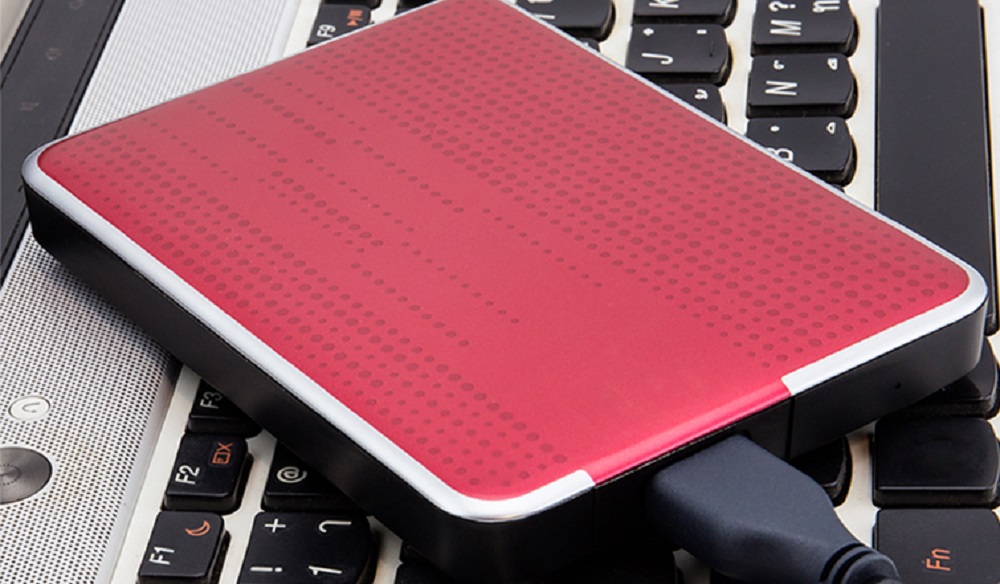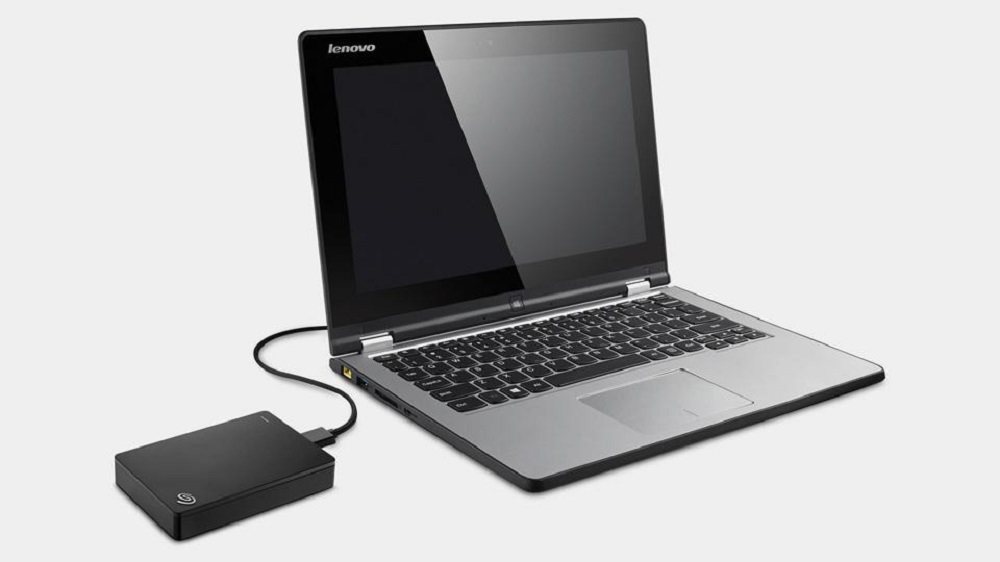External hard drives are designed for file storage, but naysayers are quick to dismiss them. It’s true that internal hard drives are faster and have more storage options, but external drives also have their own set of benefits and drawbacks. In this post, we’ll discuss how to format external hard drives in different operating systems.
How to format an external hard drive
To format an external hard drive, you first need to choose the drive that best suits your needs. Some external hard drives are formatted for a specific operating system, so make sure to select the drive that is compatible with the system you’re using. After you’ve made your choice, format the drive according to your needs. This could mean creating a regular file system or choosing a file system type that best suits your needs.
To verify the drive was properly formatted and ready to use, you can use disk utility or another disk formatting tool to verify the disk and check the file system of the disk. Once you’ve completed formatting the drive, copy any important files to it so that you don’t lose them during the process.

Choosing the right format for your drive
When it comes to external hard drives, there are a number of different file formats available. Each format has various benefits and downsides, so it’s important to consider the specific needs of your drive before choosing a file format.
For example, if you’re looking to save space on your drive, then you should consider using the NTFS file format. This format offers full file system access, making it easy to share files and access them from different operating systems. However, NTFS file format is more susceptible to corruption and damage than other file formats.
If you are looking for a file format that can help you save money on storage costs, then you could try the exFAT file format. This file format can store files larger than 4GB with ease. However, exFAT file format is not as durable as other file formats, making it prone to data loss in case of disk failure.
To find the best file format for your external hard drive, you should consider factors such as capacity, durability, and storage cost-per-byte.
Reformatting your drive in Windows
To format an external hard drive in Windows, open the File Explorer and navigate to the drive you want to format. Right-click on the drive and select “Format.”
Follow the on-screen instructions to format the drive as you would like, such as formatting the drive as a drive letter or formatting it as NTFS or FAT. Once the drive has been formatted, you can use it as a regular storage drive on your computer.
To reformat a drive without losing any data, make sure you don’t have any files saved on the drive and that it is empty before formatting it. This way, you can be sure that nothing is lost when formatting the drive.
Reformatting your drive in macOS
To format an external hard disk drive on macOS, open the Finder and select ‘File > Get Info’. In the ‘Get Info’ window, click on the ‘Format’ tab. Under ‘Format’, select ‘Mac OS Extended (Journaled)’. This will format the drive using the Mac’s default file system format. Click on ‘Okay’ to apply the changes and restart your computer to apply the formatting changes. After completing formatting, you can use the drive for storage or transfer files between computers as needed.
How to Partition an External Drive in Windows 10
To format an external hard drive in Windows 10, follow these steps.
– First, open the “File Explorer” window by pressing the “Windows key + E” keys together.
– Right-click on the external hard drive and select “Format.”
– Select the partition you want to format and click on the “Format” button.
– On the “Format” window, make sure that the partition is set to “GPT” and click on “Start.”
– Click on the “Create Partition” button and wait for formatting to complete. Once finished, right-click on the partition and select “Properties.”
– On the “General” tab, select the “Use As” option and choose the system partition from the list that appears.
Click on the “OK” button to close all windows and activate your new system partition.
What to keep in mind while formatting an external hard drive
Yes, you read it right! You can format external hard drive using a computer. But there are certain things that you need to keep in mind while doing that.
– The drive must be large enough to hold the data you want to export.
– The drive must be formatted for use with the operating system of your computer.
– The drive must be partitioned, if necessary, and formatted for use with the desired operating system. This will ensure that the drive is suitable for use with the operating system of your computer.
– The drive must be encrypted, if necessary.
– Finally, the drive must be backed up regularly so that it can be restored easily in case of a disk failure or file corruption.
Conclusion
It is essential to reformat an external hard drive every now and then so that you can reclaim storage space from the drive’s file system, improve the drive’s performance, and ensure the security of your data. You must also reformat external hard drives if you want to partition them. Follow the steps we mentioned above to format external hard drives easily! Comment below if we have missed out on any such external hard drive formatting tips and help others out.

